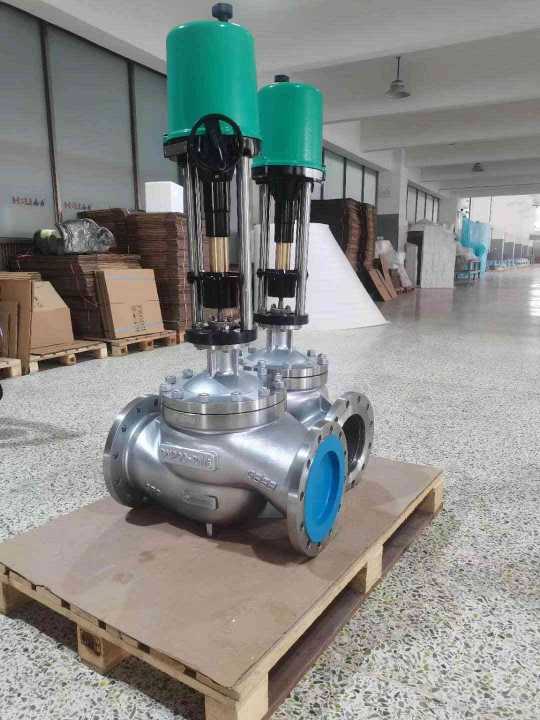electric single seat regulating valve: a key component for precise flow control in industrial systems
Release time:2025-04-30 19:23:04
Electric single seat regulating valves are essential components in various industrial applications, particularly in processes that require precise control over the flow of liquids, gases, or steam. These valves, designed with a single seat and electrically operated actuator, play a pivotal role in regulating flow, pressure, and temperature in a variety of systems, from manufacturing to power generation. In this article, we will explore the functionality, advantages, and applications of electric single seat regulating valves, highlighting their importance in maintaining optimal performance and efficiency in industrial operations.

What is an Electric Single Seat Regulating Valve?
An electric single seat regulating valve consists of a valve body with a single sealing seat, an actuator, and a control system. The valve body is designed to control the flow of a medium through the valve by opening or closing the seat, which regulates the flow rate based on the signal received from the control system. The electric actuator drives the valve's movement, enabling precise adjustments to the valve position based on feedback from sensors and controllers.
The actuator receives an electrical signal (often in the form of 4-20mA or digital signals) and adjusts the valve's opening to control the flow rate. This design is particularly advantageous when precise, repeatable, and automated flow regulation is required, which makes electric single seat regulating valves ideal for systems where manual control would be inefficient or impractical.

